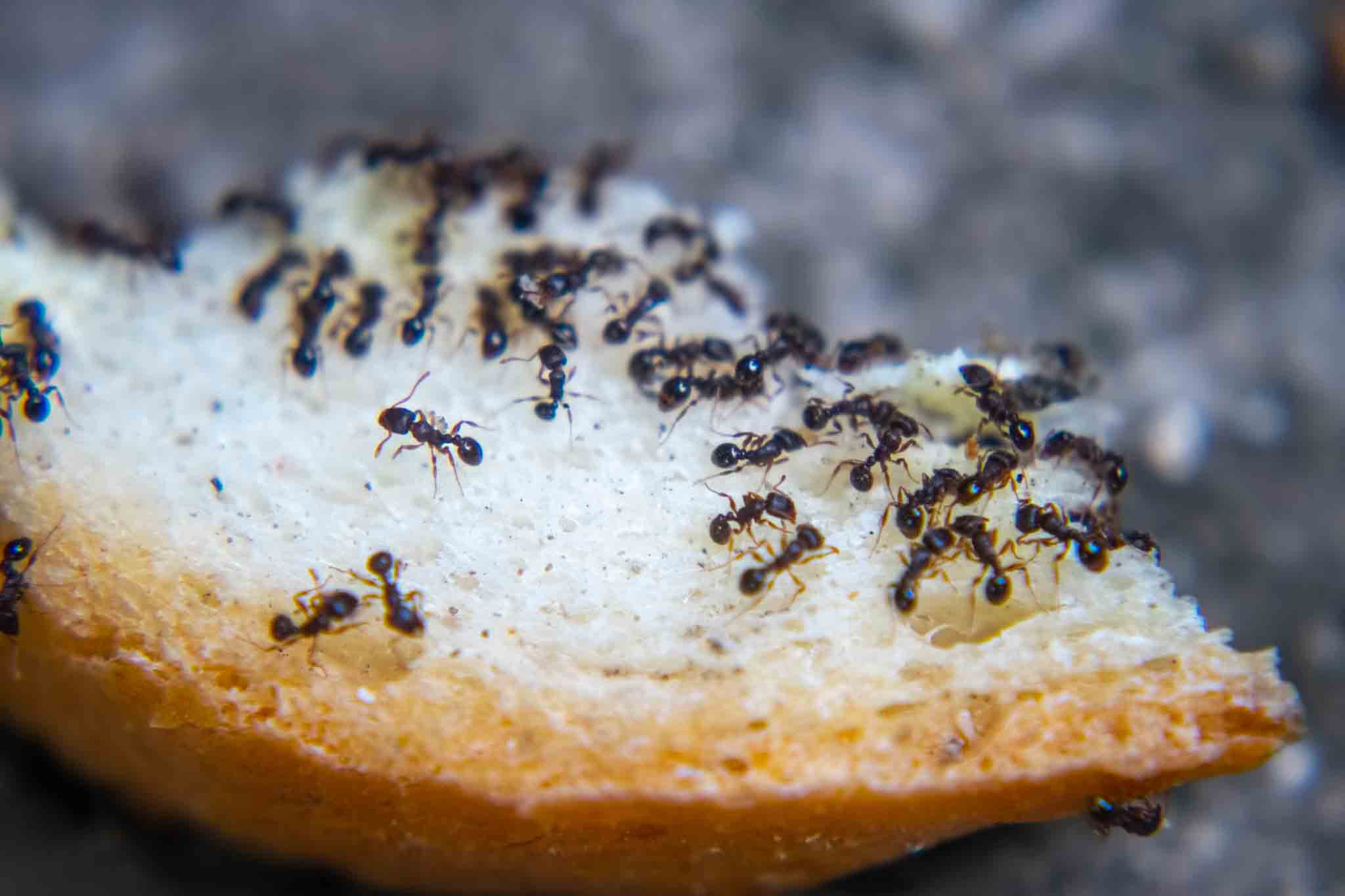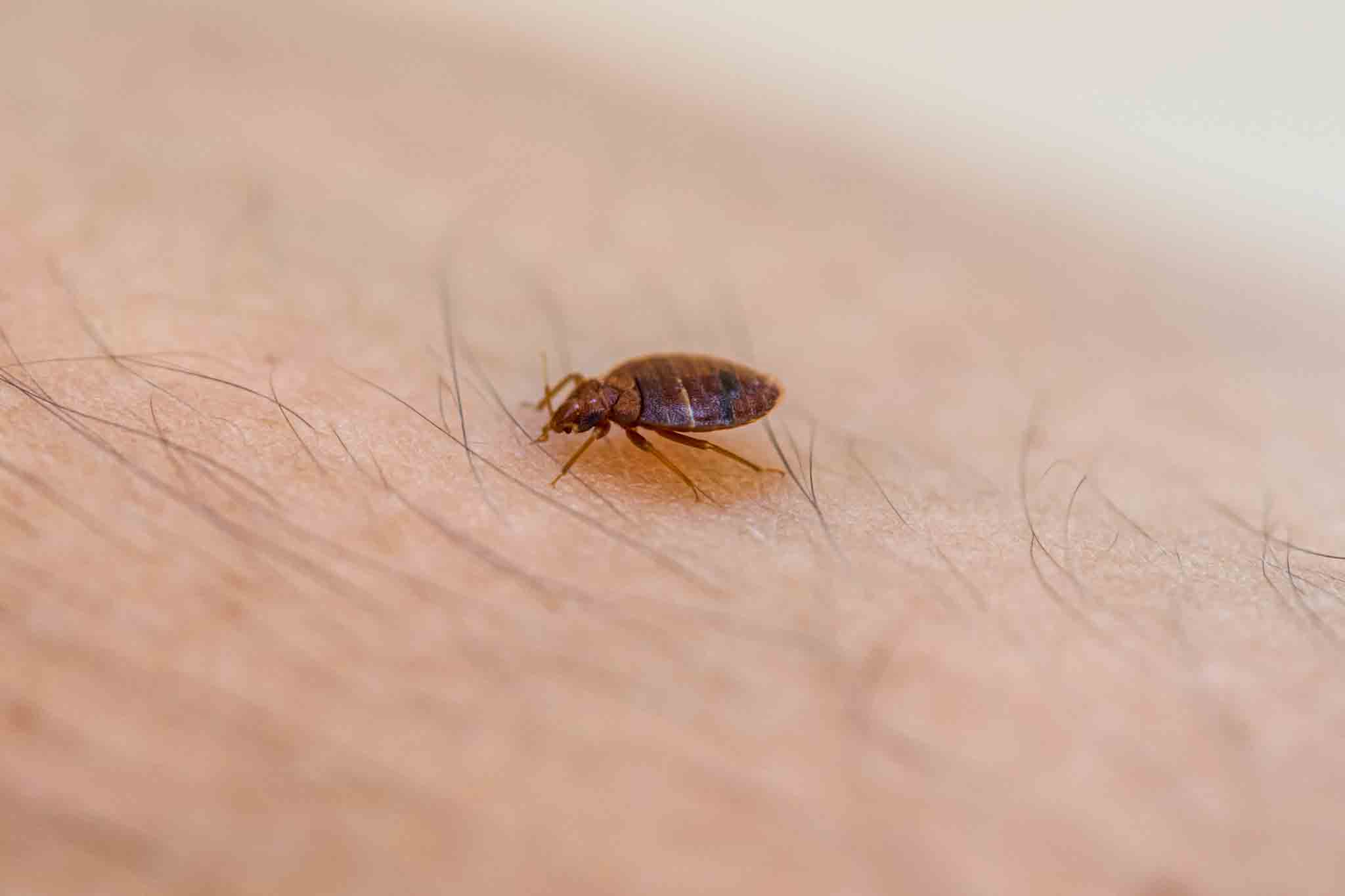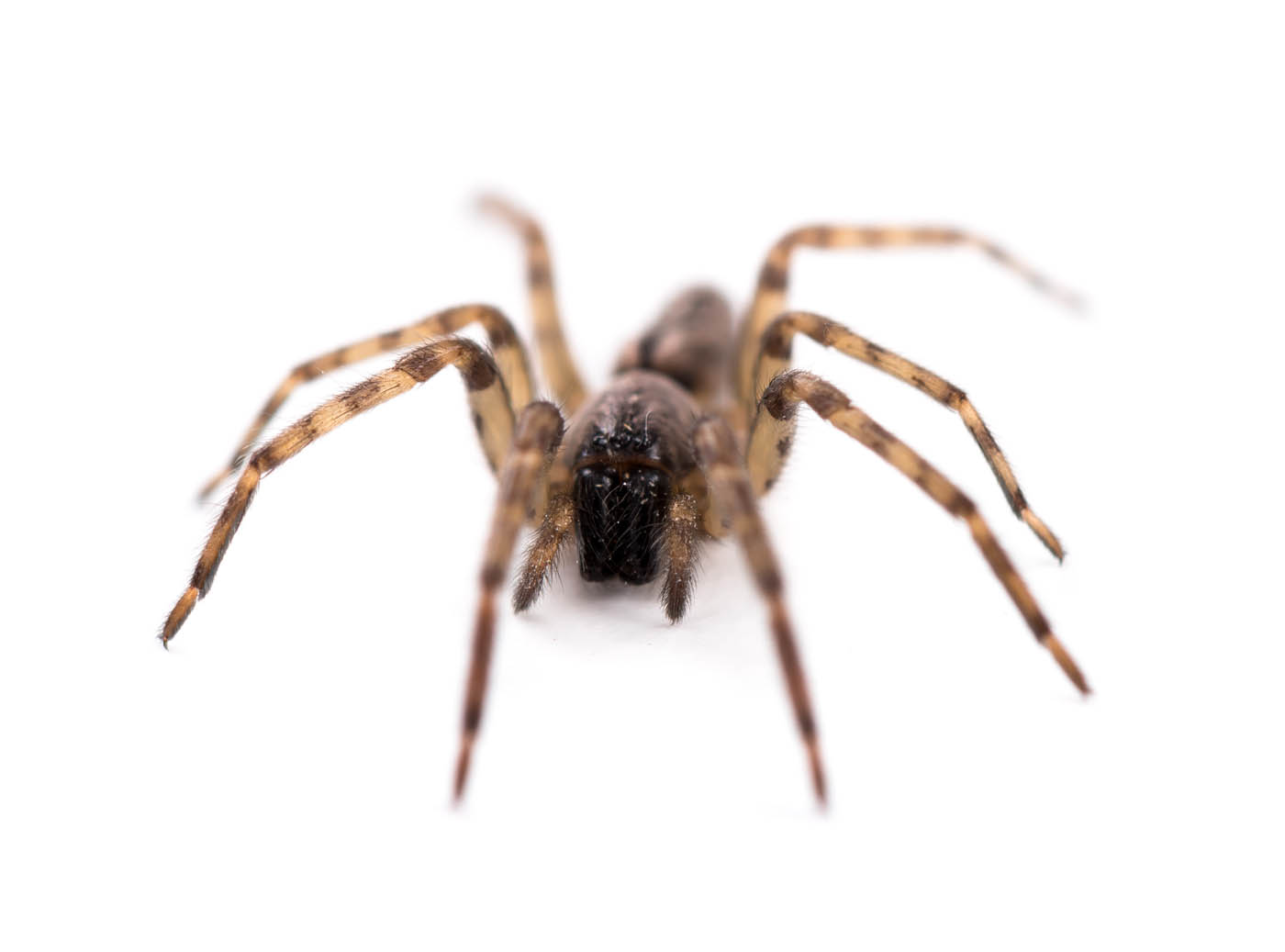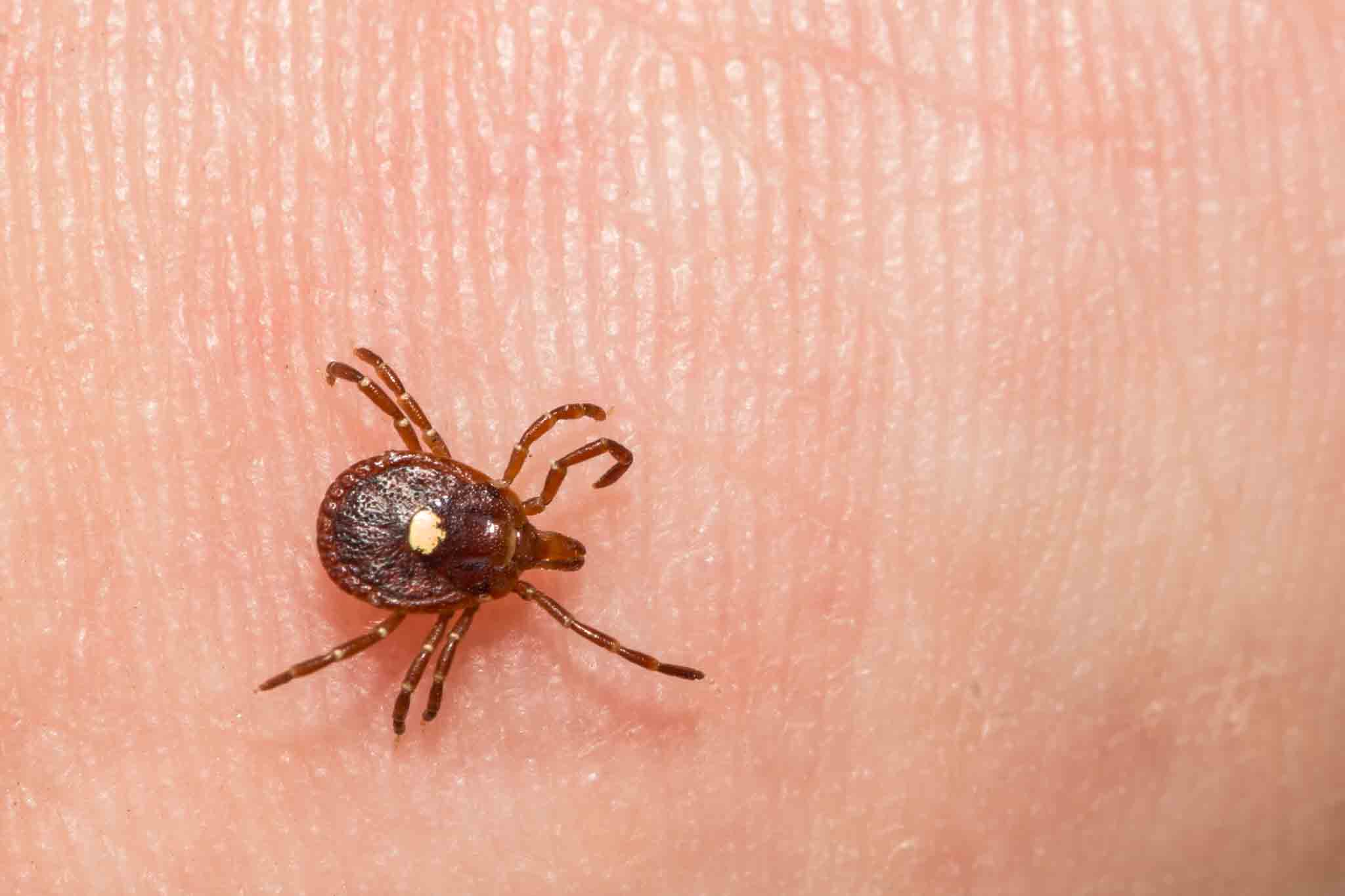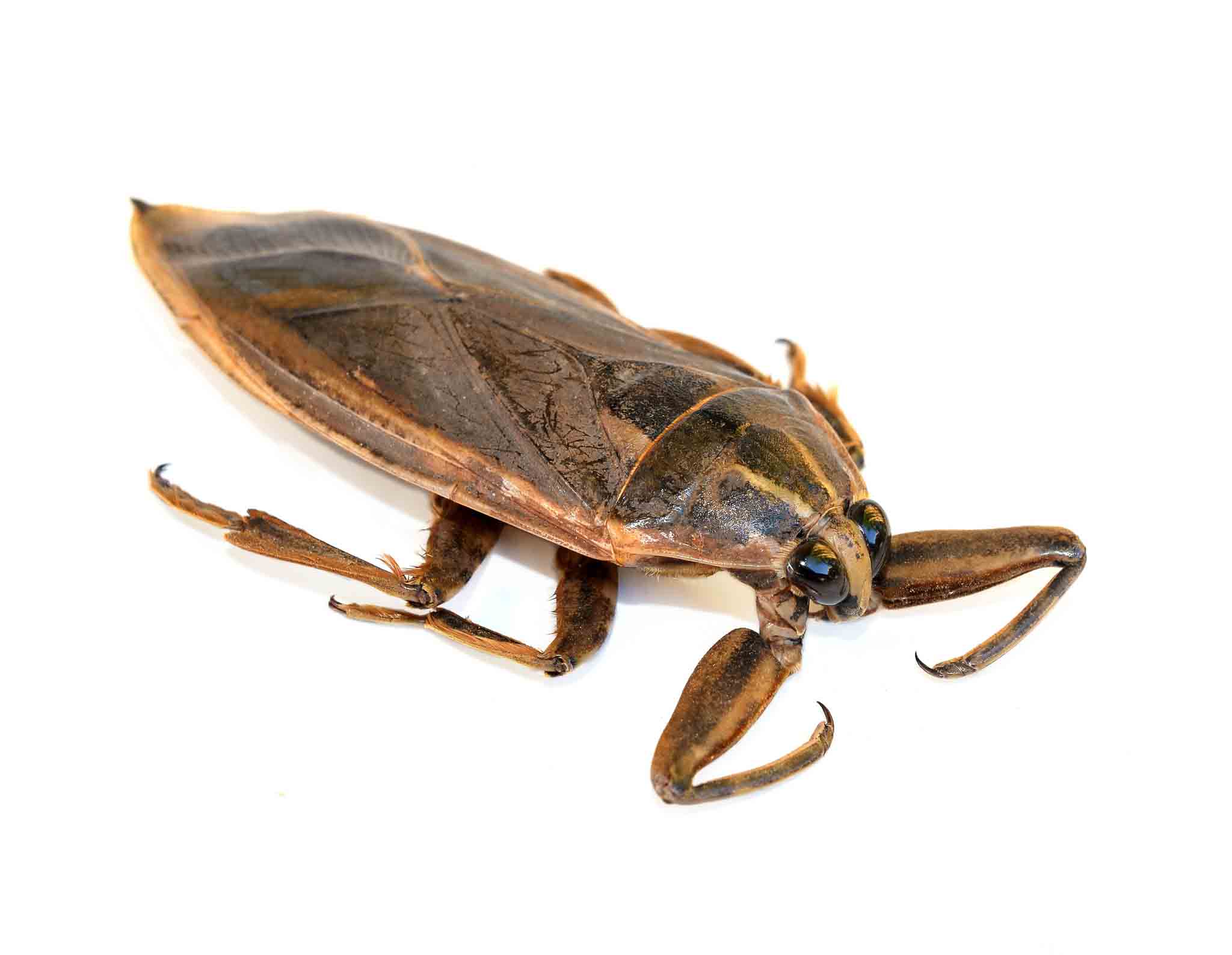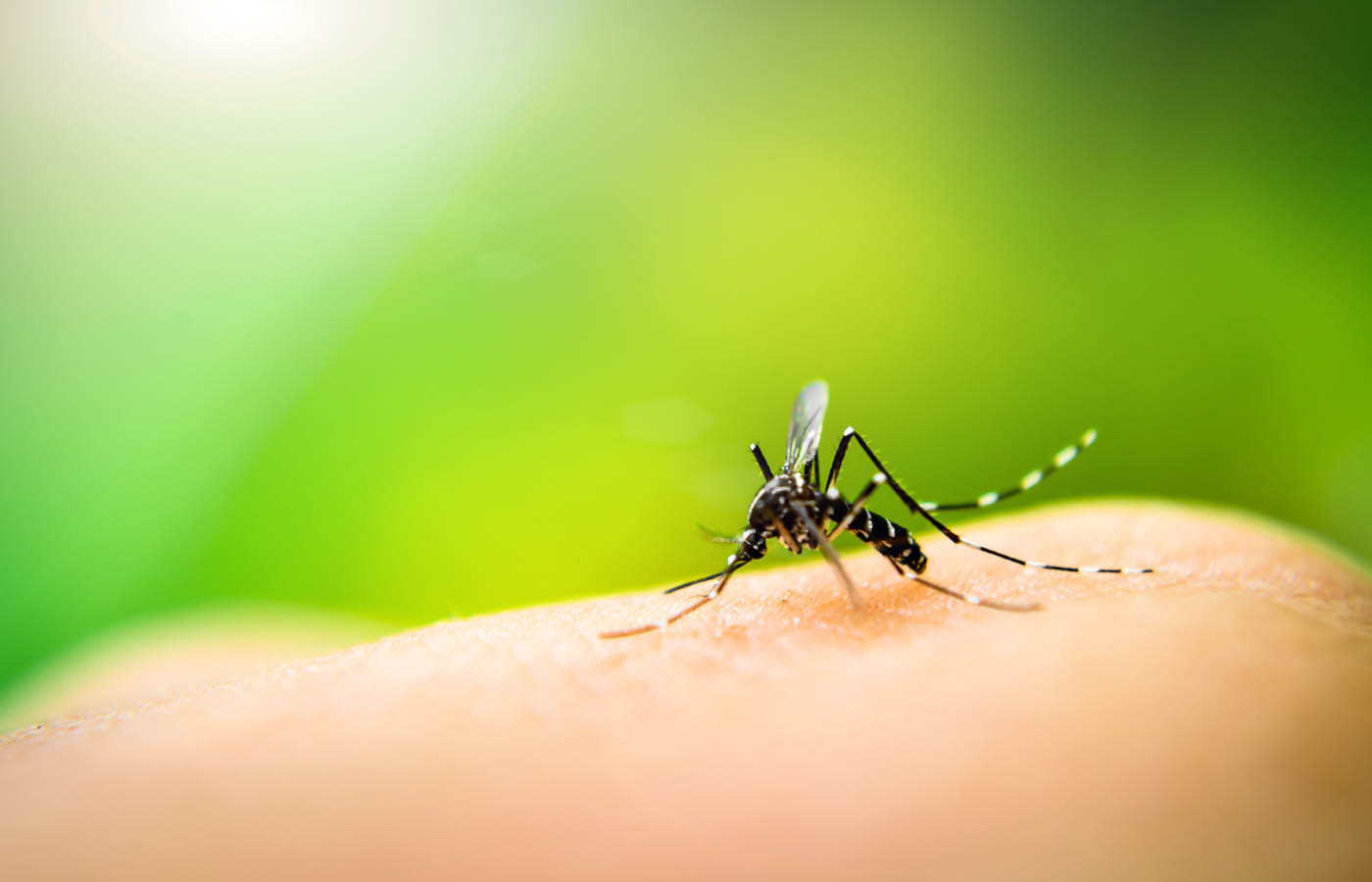Are Millipedes and Centipedes in the House Dangerous? Jun. 7th 2018
Millipedes and Centipedes: Are They Dangerous? As spring arrives, it tends to bring with it an onslaught of rainy, warm weather.
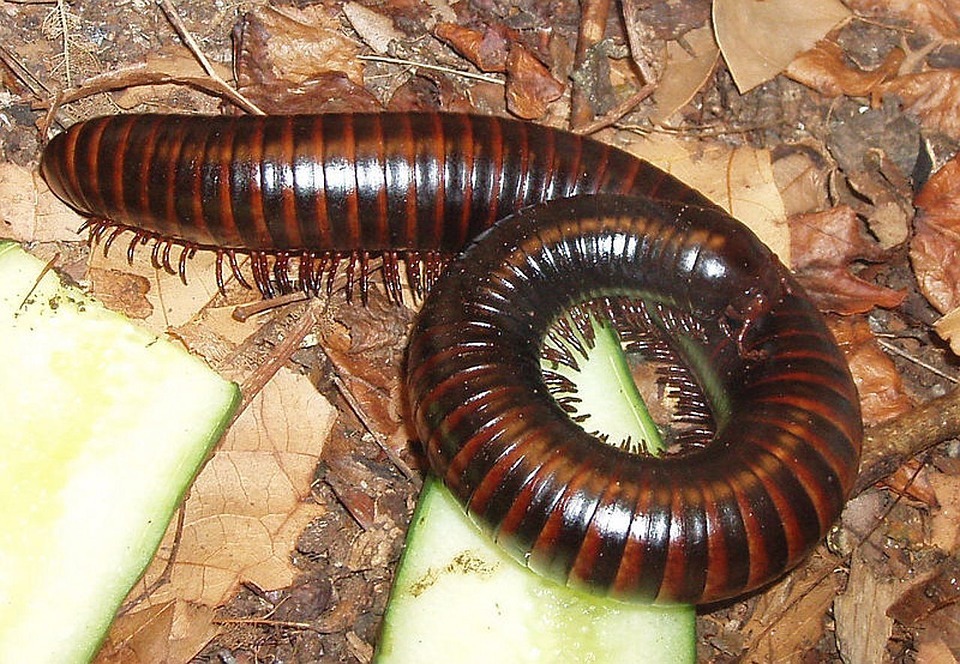
Millipedes and Centipedes:
Are They Dangerous?
As spring arrives, it tends to bring with it an onslaught of rainy, warm weather.
While this kind of weather can help your garden grow exponentially, rainy weather can also bring new types of pests into your home: millipedes and centipedes.
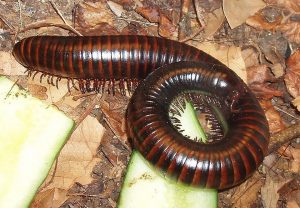 Millipede
Millipedes and centipedes enter homes in a desperate search for food and a warm, damp place to curl up. While these two arthropods species look quite similar, they sport several differences. Being aware of these differences is the key to removing them from your home for good.
Millipede
Millipedes and centipedes enter homes in a desperate search for food and a warm, damp place to curl up. While these two arthropods species look quite similar, they sport several differences. Being aware of these differences is the key to removing them from your home for good.
What Are Millipedes?
Millipedes have up to four hundred legs--their name is a misnomer because they don't actually have a thousand legs. They generally have two legs per body segment and are approximately two inches long. Some varieties can be even bigger, depending on the species. Millipedes are a dark brown in color and look similar to worms with legs. Millipedes move in a wave-like motion and are usually found indoors when it's been exceptionally wet and rainy. They enjoy damp, poorly ventilated bathrooms and basements, as they will dry out and die without any moisture. Millipedes eat decaying organic matter, as well as the roots and leaves of plants. These organisms are highly important to processes such as microbial decomposition and the recycling of soil nutrients.--------------------------------
"Millipedes enjoy damp, poorly ventilated bathrooms and basements, as they will dry out and die without any moisture."
Rest Easy Pest Control
--------------------------------
What Are Centipedes?
The name of a centipede means "a hundred legs." As with millipedes, this is a misnomer. Centipedes can have anywhere between twenty and three-hundred and fifty legs. They can be up to six inches long depending on the species, but are usually smaller, down to an eighth of an inch long. These creatures are flat and usually yellow or brown in color. They always have an odd number of legs. Like millipedes, centipedes can also dry out and die without adequate moisture. Therefore, they are frequently found in the same environment as millipedes, such as basements and bathrooms. Centipedes are carnivores and kill their prey by injecting them with toxic venom.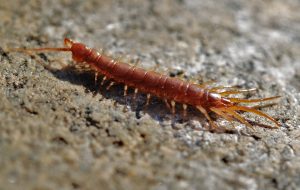 Centipede
Centipede
Are Millipedes and Centipedes Dangerous?
Millipedes do not sting or bite but are unpleasant to look at. They tend to enter homes in large numbers, which can be problematic if you are trying to maintain a neat and tidy home. Centipedes also do not sting but can deliver a painful bite. Luckily, this bite does not transmit any diseases. It can provoke a minor allergic reaction, especially in small children or those who already have insect allergies. As centipedes enter your home in large numbers, they can also pose a bit of an annoyance to homeowners.-------------------------
"Centipede bites can provoke a minor allergic reaction, especially in small children or those who already have insect allergies."
Rest Easy Pest Control
-------------------------
What Can I Do About a Millipede or Centipede Invasion?
When they are outside, millipedes and centipedes are highly beneficial to the local ecosystem. Millipedes perform important functions for soil health, and centipedes are crucial predators in keeping populations of other organisms in check. When found outdoors, these species prefer moist, protected areas like rotting logs, bark, and the undersides of stones. Usually, they will keep tight to these living conditions. However, if they enter your home, they can be a bit of a pain. If either of these bugs have taken up residence in your home, consider calling a professional pest control service to help get rid of them for you. While you can attempt to get rid of these pests on your own, this can be time-consuming and involve the use of dangerous pesticides. Pest control professionals are skilled at identifying the type of pest that is invading your home, and they also know the best solutions to get rid of them. They will work with you to establish an easily maintained plan, regardless of whether that includes chemical extermination, manual removal, or preventative plans.
